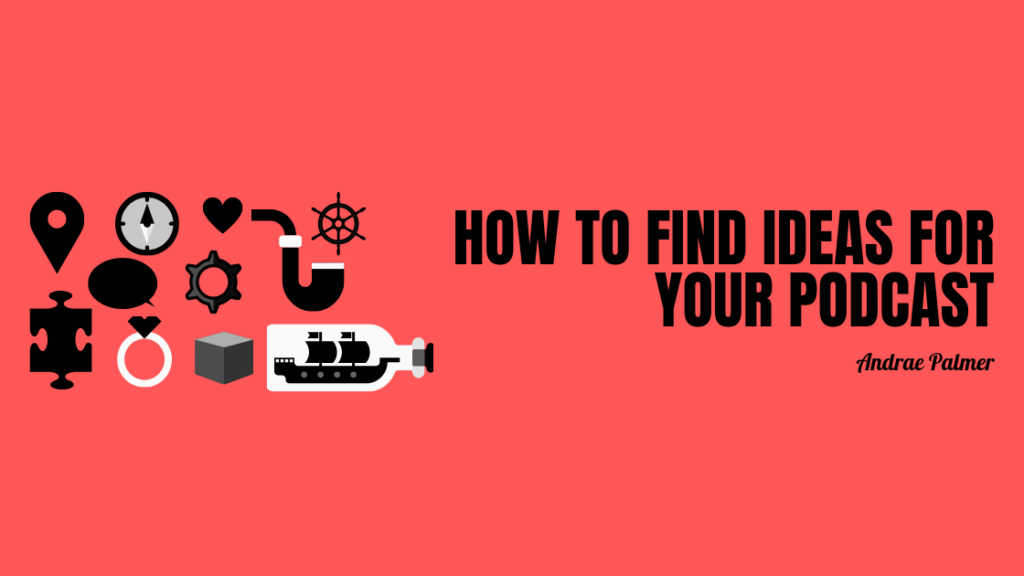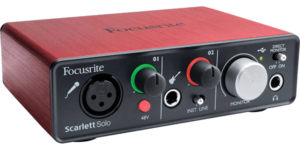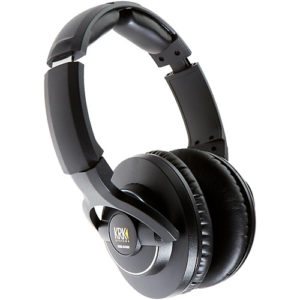One thing that will draw people to finish listening to your podcast is the intro. What will move them to take action is your outro. These two pieces of information are one of the most important components of your show. That’s why it is critical for you to spend time to craft a good intro and the appropriate call to action for your outro. This article will explain how to craft a good intro.
Say what is the show about
The first component of your intro is telling your listeners what the show is about. It’s straight forward but not always easy to communicate. For example, you have a show about food and you start your show like “today we’re going to talk about how to make salads.” Saying that is fine but adding a problem statement to that makes it more interesting.
What do I mean by problem statement? It is just talking about a problem/issue persons might have related to the topic of the show. Here’s an example from the food show. “Have you ever felt overwhelmed by the number of ingredients to choose for your salad? What toping to add then on today’s episode we’re going to share 5 basic salads and their ingredients.
That approach draws the listeners attention to start thinking about how you made their lives easier with the tips. If they have a problem in that area then they are going to listen to your show.
Examples of podcasters who do this well are Guy Roz from the NPR “How I built this” podcast. Donald Miller on” The story brand” podcast and Amy Porterfield.
Say your name
The next thing to put in the intro is your name. On a blog that’s not necessary because your name is at the end. But podcast persons don’t have that luxury. Saying your name reminds listeners who you are. It helps them build an emotional connection with you and remind them who they are listening to. You don’t need anything fancy. Welcome to the ABC podcast I’m your host Andrae Palmer. The podcast examples I mentioned earlier have different ways of doing it. But the variation brings out their style.
Let the listener know you’re about to begin
The last component of your show intro is letting your listeners know you’re about to start. This will give you the space to add a music bed/ break before you get into the heart of your podcast. It also allows you to add sponsored messaging between breaks. Here are a few examples:
- We do into details after the break
- Ok let’s dive into our show
- The interview after the break.
These are just some basic ones, but let your imagination run wild. Just keep it simple and you will be ok.
Put all 3 components together and you have your podcast intro. Some other things to note is that there are other ways to do this. This is just one way, you can follow the news format by mentioning the headlines of the stories you plan to share and that will work as well.






